The Bhagavad Gita, often referred to simply as the Gita, is a 700-verse Hindu scripture that is part of the Indian epic Mahabharata. It is a profound dialogue between Prince Arjuna and Lord Krishna, who serves as his charioteer. This sacred text is not merely a philosophical treatise; it encapsulates the essence of human existence, addressing the moral and ethical dilemmas faced by individuals.
The conversations between Krishna and Arjuna unfold in a manner that transcends time and culture, offering insights into the nature of reality, the self, and the universe. The Gita’s teachings have inspired countless individuals across generations, making it a cornerstone of spiritual literature. At its core, the Gita presents a synthesis of various paths to spiritual realization, including devotion (bhakti), knowledge (jnana), and disciplined action (karma).
The divine conversations are not just a dialogue; they represent an inner journey towards understanding one’s purpose in life. The text invites readers to engage with its teachings on multiple levels, encouraging introspection and self-discovery. As we delve into the intricacies of these conversations, we uncover layers of meaning that resonate with the struggles and aspirations of humanity.
Key Takeaways
- The Bhagavad Gita features divine conversations between God as Krishna and the warrior Arjuna.
- The setting of the conversations is the battlefield of Kurukshetra, where Arjuna is filled with doubt and moral dilemma.
- The themes of the conversations revolve around duty, dharma (righteousness), and self-realization.
- Krishna teaches Arjuna about the paths of yoga and devotion, emphasizing the importance of selfless action and surrender to God.
- The Bhagavad Gita’s teachings on inner struggle and guidance have universal relevance and continue to inspire people of all backgrounds.
The Setting of the Conversations: The Battlefield of Kurukshetra
The Battlefield of Kurukshetra: A Symbolic Landscape
The Bhagavad Gita is set against the backdrop of the battlefield of Kurukshetra, a site of immense historical and spiritual significance. This location is not merely a physical space; it symbolizes the moral and ethical conflicts that arise in human life. As two factions of a royal family prepare for war, the battlefield becomes a metaphor for the internal struggles faced by individuals when confronted with difficult choices.
Arjuna’s Existential Crisis
The impending battle serves as a catalyst for Arjuna’s existential crisis, prompting him to question the righteousness of his actions and the consequences of war. Kurukshetra is described in vivid detail, with chariots lined up, warriors readying themselves for combat, and the air thick with tension. This setting amplifies Arjuna’s turmoil as he grapples with the prospect of fighting against his own kin.
A Sacred Space for Philosophical Discussions
The physical landscape mirrors Arjuna’s internal chaos, creating a powerful juxtaposition between the external conflict of war and the internal conflict of duty and morality. The battlefield thus becomes a sacred space where profound philosophical discussions unfold, highlighting the interplay between action and contemplation.
The Participants: God as Krishna and Arjuna

The central figures in this divine dialogue are Lord Krishna and Prince Arjuna. Krishna, an incarnation of the Supreme Being, embodies divine wisdom and compassion. His role as Arjuna’s charioteer is significant; he is not merely guiding a chariot but also steering Arjuna’s understanding of life and duty.
Krishna’s teachings are imbued with a sense of timelessness, as he articulates profound truths that resonate with seekers across ages. His divine nature allows him to transcend human limitations, offering insights that are both practical and spiritual. Arjuna, on the other hand, represents the everyman—an individual caught in the throes of doubt and moral confusion.
As a warrior prince, he is expected to uphold dharma (righteousness), yet he finds himself paralyzed by fear and compassion for his relatives on the opposing side. His vulnerability makes him relatable; he embodies the struggles faced by anyone confronted with difficult choices. The dynamic between Krishna and Arjuna is pivotal; it illustrates the relationship between the divine and the human, where divine guidance meets human frailty.
The Themes of the Conversations: Duty, Dharma, and Self-Realization
The conversations in the Bhagavad Gita are rich with themes that explore duty (dharma), self-realization, and the nature of existence. One of the most prominent themes is dharma, which refers to one’s duty or righteousness in accordance with cosmic law. Krishna emphasizes that fulfilling one’s dharma is essential for maintaining order in society and within oneself.
For Arjuna, this means engaging in battle despite his personal reservations. Krishna’s insistence on duty highlights the importance of action aligned with one’s responsibilities, even when faced with moral dilemmas. Self-realization is another critical theme woven throughout their dialogue.
Krishna encourages Arjuna to look beyond his immediate concerns and recognize his true nature as an eternal soul (atman). This realization transcends physical identity and societal roles, urging Arjuna to understand that he is part of a larger cosmic order. The Gita teaches that self-realization leads to liberation (moksha) from the cycle of birth and death (samsara).
Through this lens, Krishna guides Arjuna towards a deeper understanding of life’s purpose, urging him to act from a place of higher consciousness rather than being driven by fear or attachment.
The Teachings of Krishna to Arjuna: The Paths of Yoga and Devotion
Krishna imparts various teachings to Arjuna that encompass different paths to spiritual realization, primarily through yoga—meaning union or discipline. He introduces several forms of yoga: Karma Yoga (the path of selfless action), Bhakti Yoga (the path of devotion), and Jnana Yoga (the path of knowledge). Each path offers unique insights into how one can navigate life’s challenges while remaining aligned with their higher self.
Karma Yoga emphasizes performing one’s duty without attachment to the results. Krishna instructs Arjuna to engage in battle not for personal gain but as an offering to the divine order. This teaching encourages individuals to act selflessly, focusing on their responsibilities while surrendering the outcomes to a higher power.
In contrast, Bhakti Yoga highlights devotion as a means to connect with the divine through love and surrender. Krishna reveals that true devotion transcends rituals; it involves cultivating an intimate relationship with God through unwavering faith and love.
The Inner Battle: Arjuna’s Struggle and Krishna’s Guidance

Arjuna’s internal struggle is at the heart of the Gita’s narrative. As he stands on the battlefield, he is torn between his duty as a warrior and his compassion for his family members who are arrayed against him. This conflict manifests as a profound existential crisis; he questions not only his role in the battle but also the very nature of life and death.
His reluctance to fight symbolizes a deeper human struggle—the fear of loss, attachment to loved ones, and moral ambiguity in fulfilling one’s duties. Krishna’s guidance serves as a beacon during this tumultuous time. He patiently addresses Arjuna’s doubts, providing clarity through philosophical discourse.
By encouraging Arjuna to rise above his emotional turmoil and recognize his eternal nature as an atman, Krishna helps him navigate his inner battle. This guidance is not merely about winning a war; it is about achieving inner peace through understanding one’s true self and purpose. Krishna’s teachings empower Arjuna to confront his fears and embrace his responsibilities with courage.
The Universal Relevance of the Bhagavad Gita’s Divine Conversations
The teachings found within the Bhagavad Gita extend far beyond their historical context; they resonate universally with individuals facing moral dilemmas in contemporary society. The themes of duty, self-realization, and ethical decision-making are relevant across cultures and epochs. In an increasingly complex world where individuals grapple with conflicting responsibilities—be it in personal relationships or professional settings—the Gita offers timeless wisdom on navigating these challenges.
Moreover, the dialogue between Krishna and Arjuna serves as a metaphor for the inner conflicts experienced by all human beings. Just as Arjuna faced uncertainty on the battlefield, individuals today encounter their own Kurukshetra moments—situations that demand clarity amidst confusion. The Gita encourages readers to engage in self-reflection, fostering an understanding that transcends cultural boundaries.
Its teachings inspire individuals to seek their own paths toward fulfillment while remaining anchored in their duties.
The Impact and Legacy of the Bhagavad Gita’s Divine Conversations
The impact of the Bhagavad Gita extends far beyond its immediate narrative; it has left an indelible mark on philosophy, spirituality, and ethics throughout history. Its teachings have influenced countless thinkers, leaders, and spiritual seekers across diverse cultures. Figures such as Mahatma Gandhi drew inspiration from its principles of non-violence and duty, applying them to social justice movements in India.
The legacy of the Gita continues to thrive in modern times as it finds relevance in various fields such as psychology, leadership studies, and conflict resolution. Its exploration of duty and self-realization resonates with those seeking meaning in their lives amidst chaos. As readers engage with its divine conversations, they are invited into a transformative journey—one that encourages them to confront their own inner battles while embracing their responsibilities with wisdom and compassion.
In essence, the Bhagavad Gita stands as a timeless guide for humanity, offering profound insights into navigating life’s complexities through divine conversations that illuminate the path toward self-discovery and fulfillment.
If you are interested in exploring more about the teachings of the Bhagavad Gita, you may want to check out the article “The Gita: A Universal Guide to Life Wisdom” available at this link. This article delves into the timeless wisdom found in the Gita and how it can serve as a guide for navigating life’s challenges. Additionally, you can visit thegita.in for more resources and insights on the Bhagavad Gita, including the article “Life Lessons from the Gita: Ancient Wisdom for Today.”
FAQs
What is the Bhagavad Gita?
The Bhagavad Gita is a 700-verse Hindu scripture that is part of the Indian epic Mahabharata. It is a conversation between Prince Arjuna and the god Krishna, who serves as his charioteer.
What is the significance of the Bhagavad Gita?
The Bhagavad Gita is considered one of the most important texts in Hindu philosophy and spirituality. It addresses the moral and philosophical dilemmas faced by individuals and provides guidance on how to live a righteous life.
What are the main teachings of the Bhagavad Gita?
The Bhagavad Gita covers a wide range of philosophical and spiritual topics, including the nature of the self, the concept of duty (dharma), the paths to spiritual liberation (moksha), and the nature of God.
How is the Bhagavad Gita relevant today?
The teachings of the Bhagavad Gita continue to be relevant today as they provide guidance on how to navigate the complexities of life, make ethical decisions, and achieve inner peace and spiritual growth.
Is the Bhagavad Gita only for Hindus?
While the Bhagavad Gita is a sacred text in Hinduism, its teachings are considered universal and can be appreciated by people of all faiths and backgrounds. It is often studied and revered by individuals seeking spiritual wisdom and guidance.

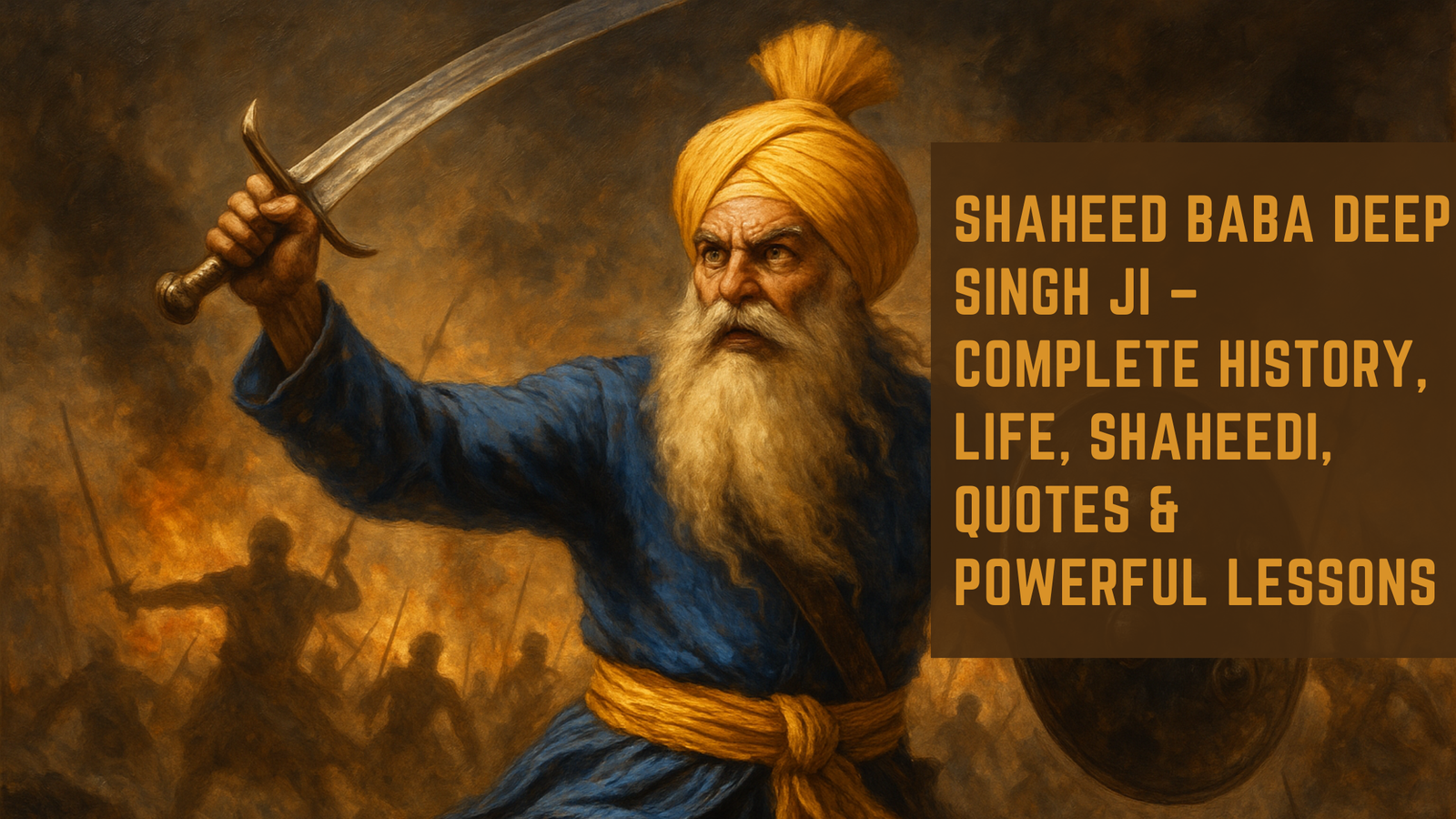
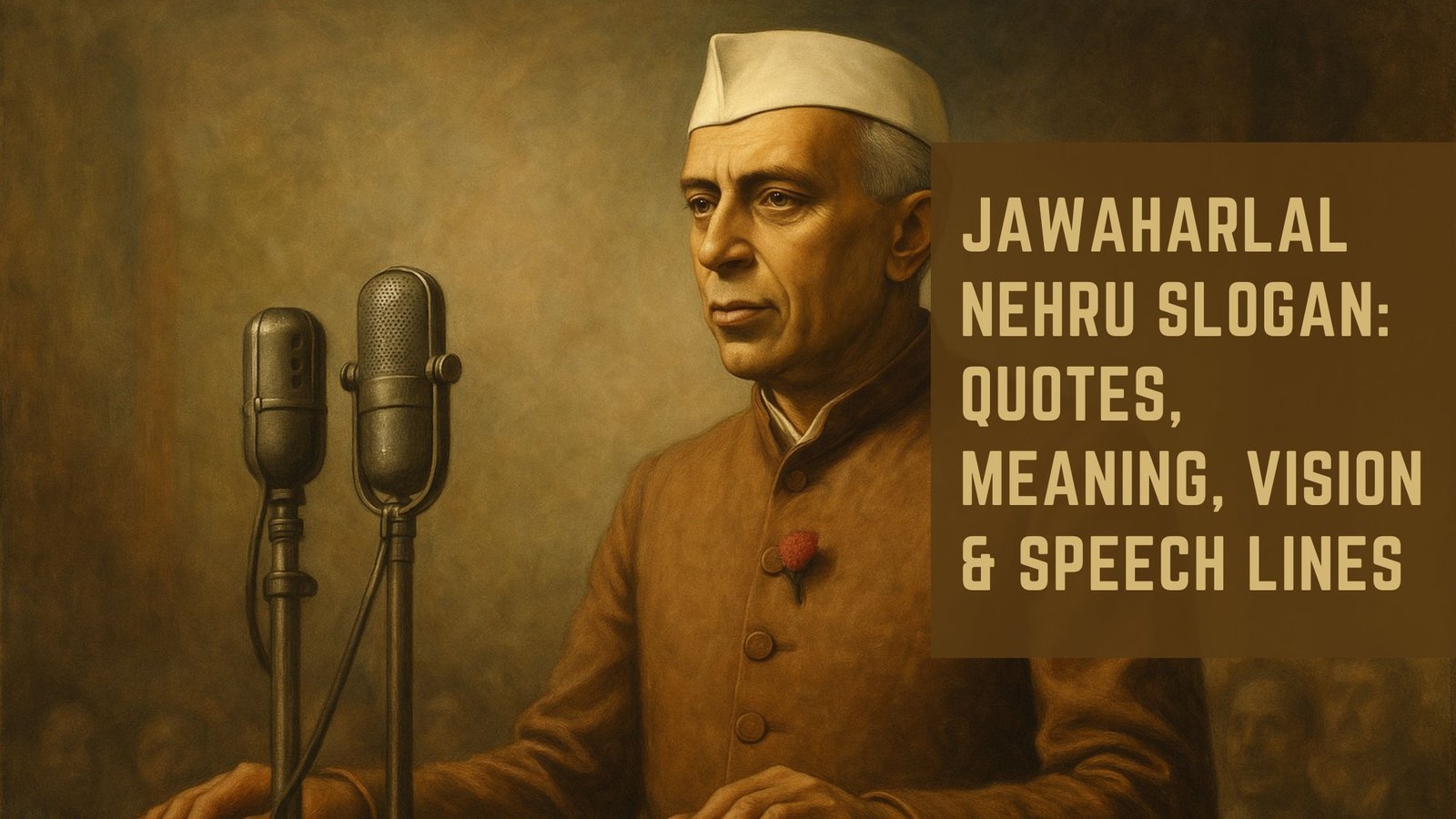


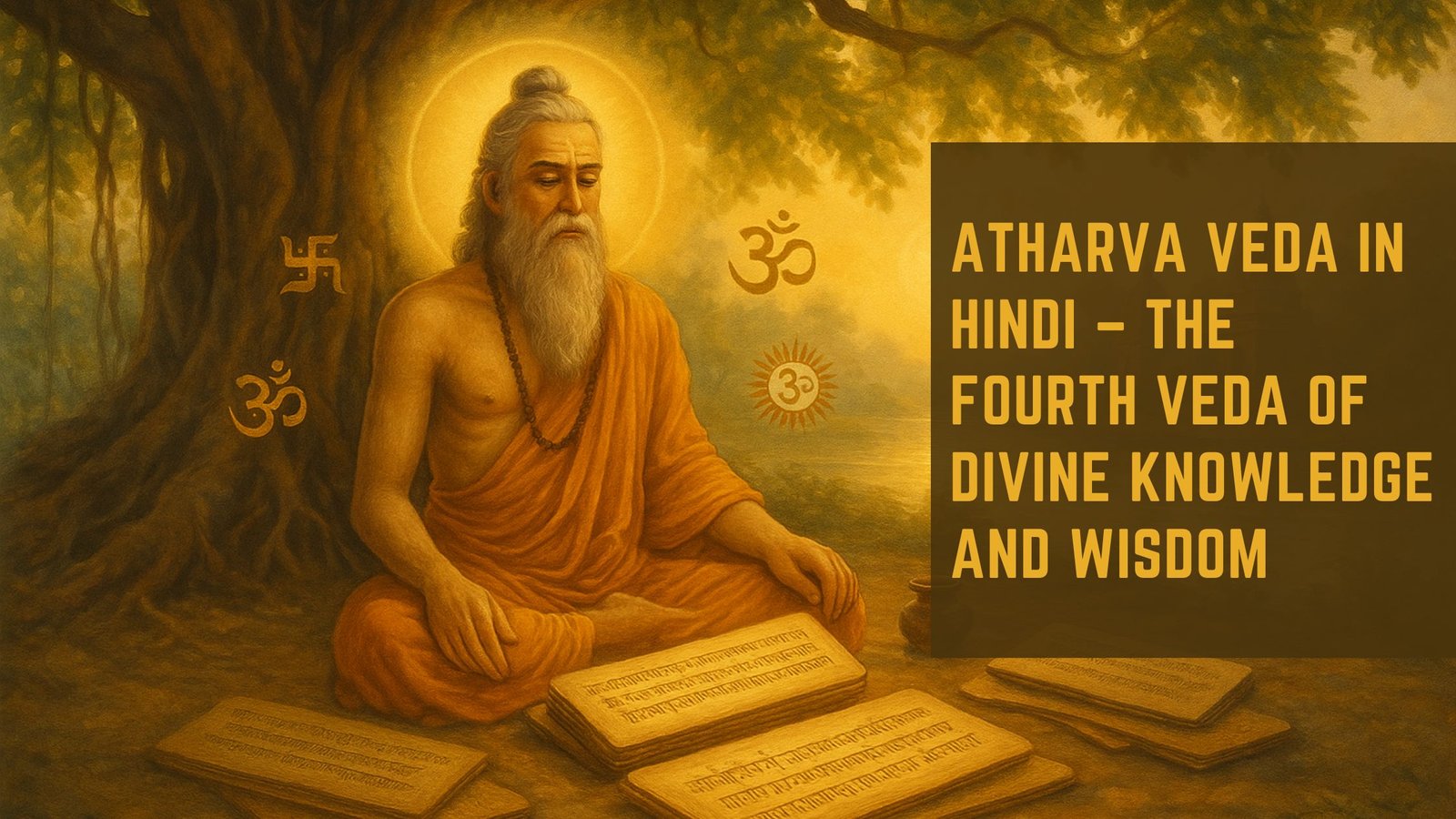

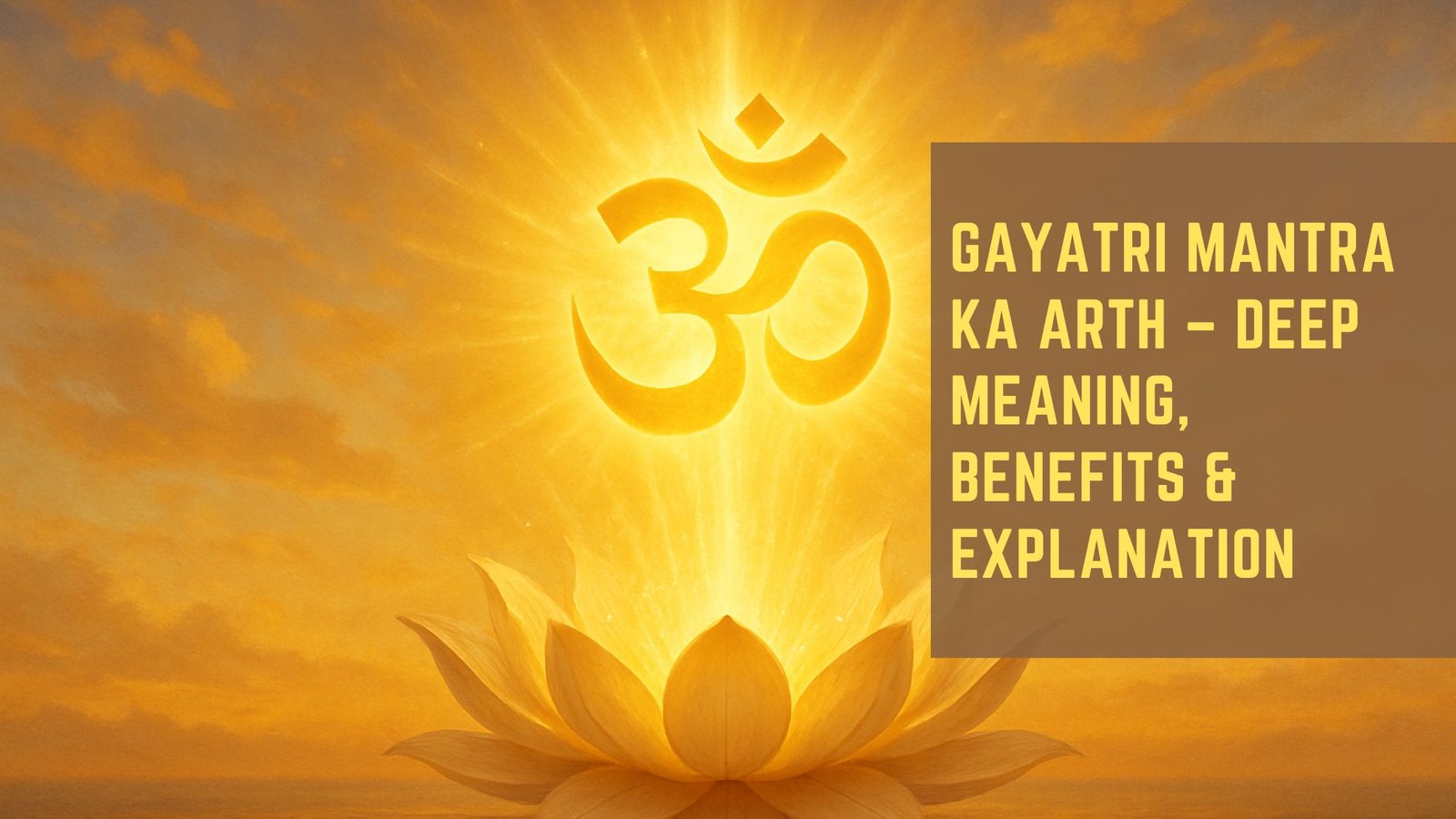
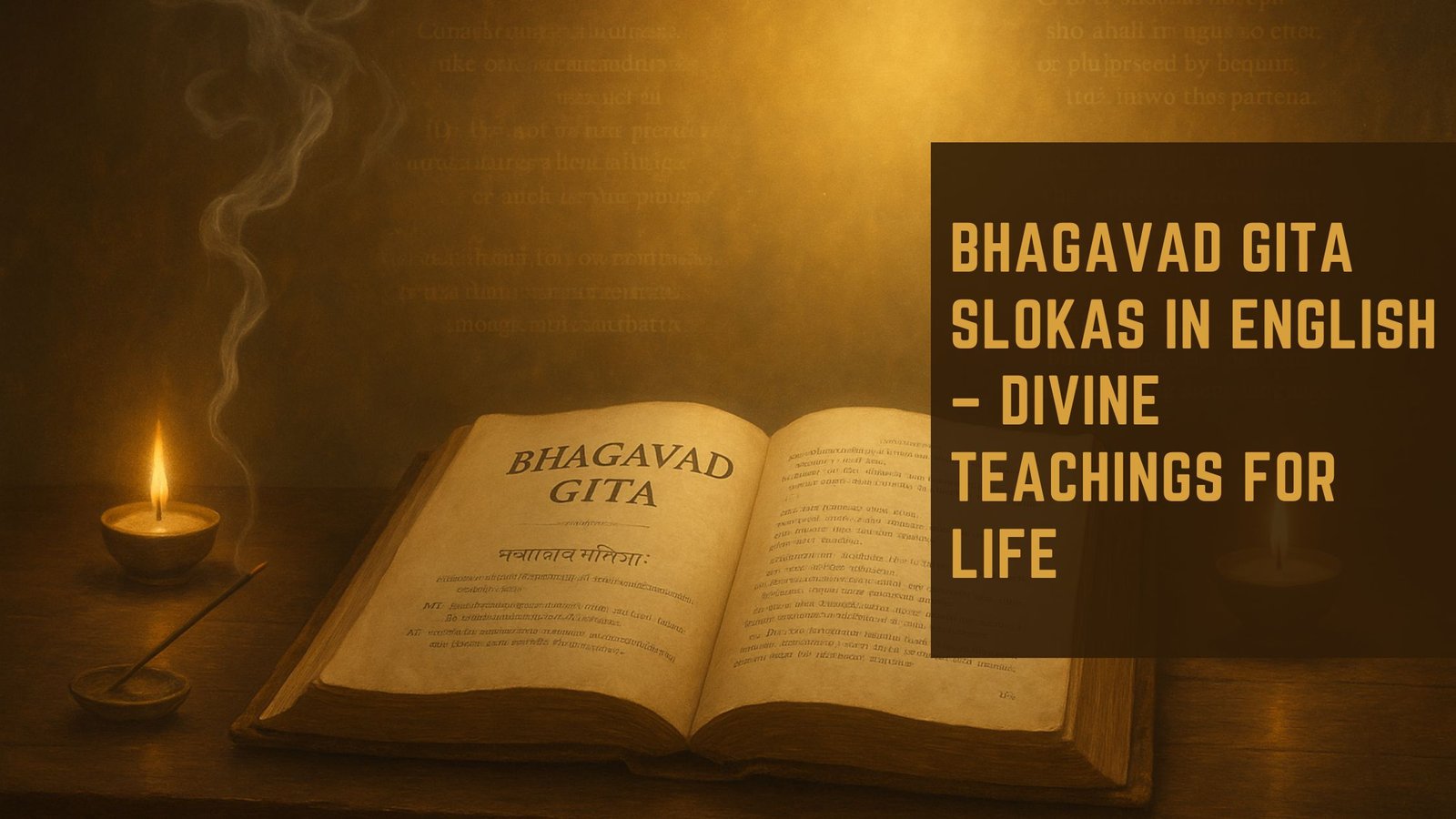


3 thoughts on “Divine Conversations: God Talks with Arjuna in the Bhagavad Gita”